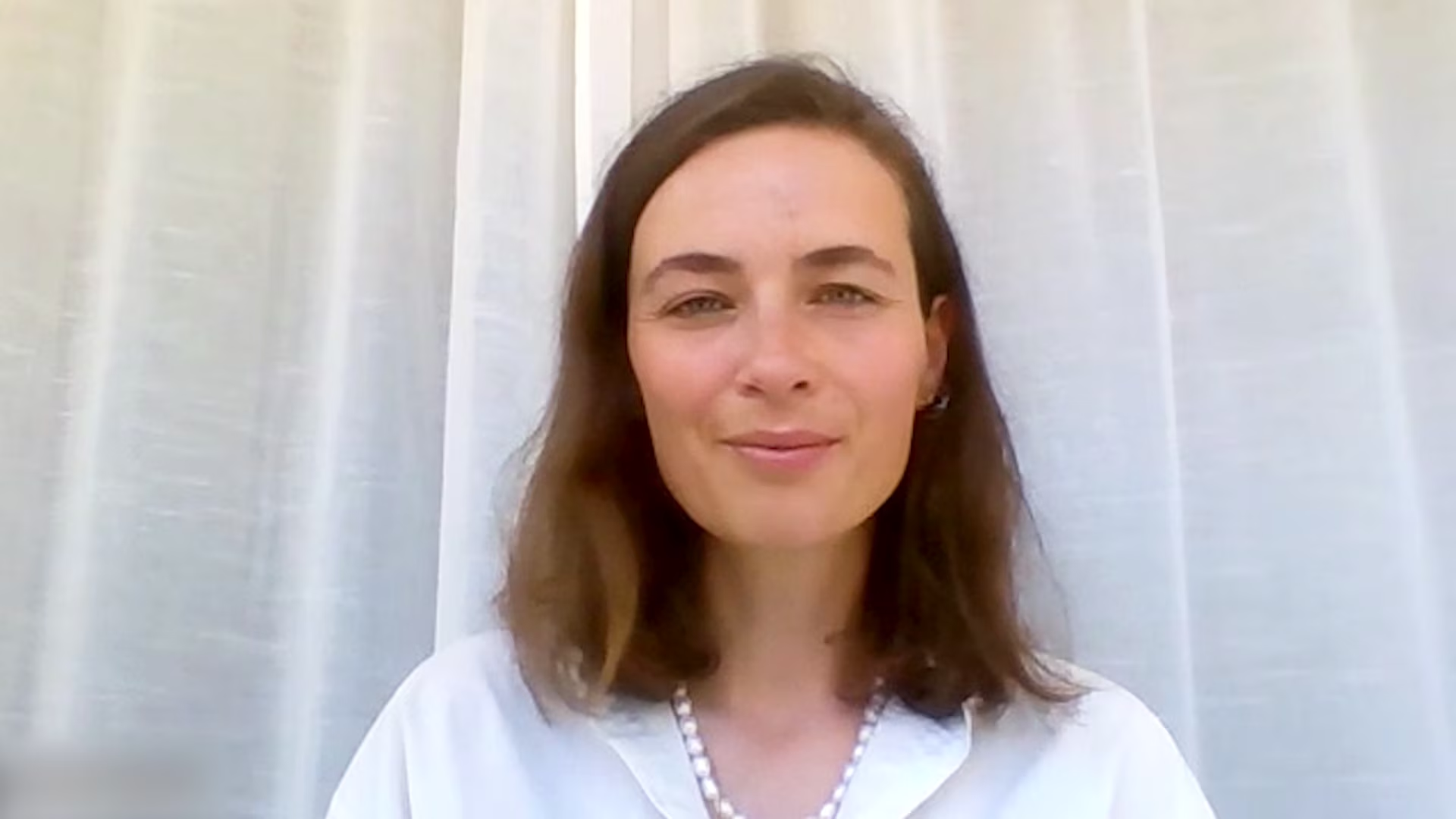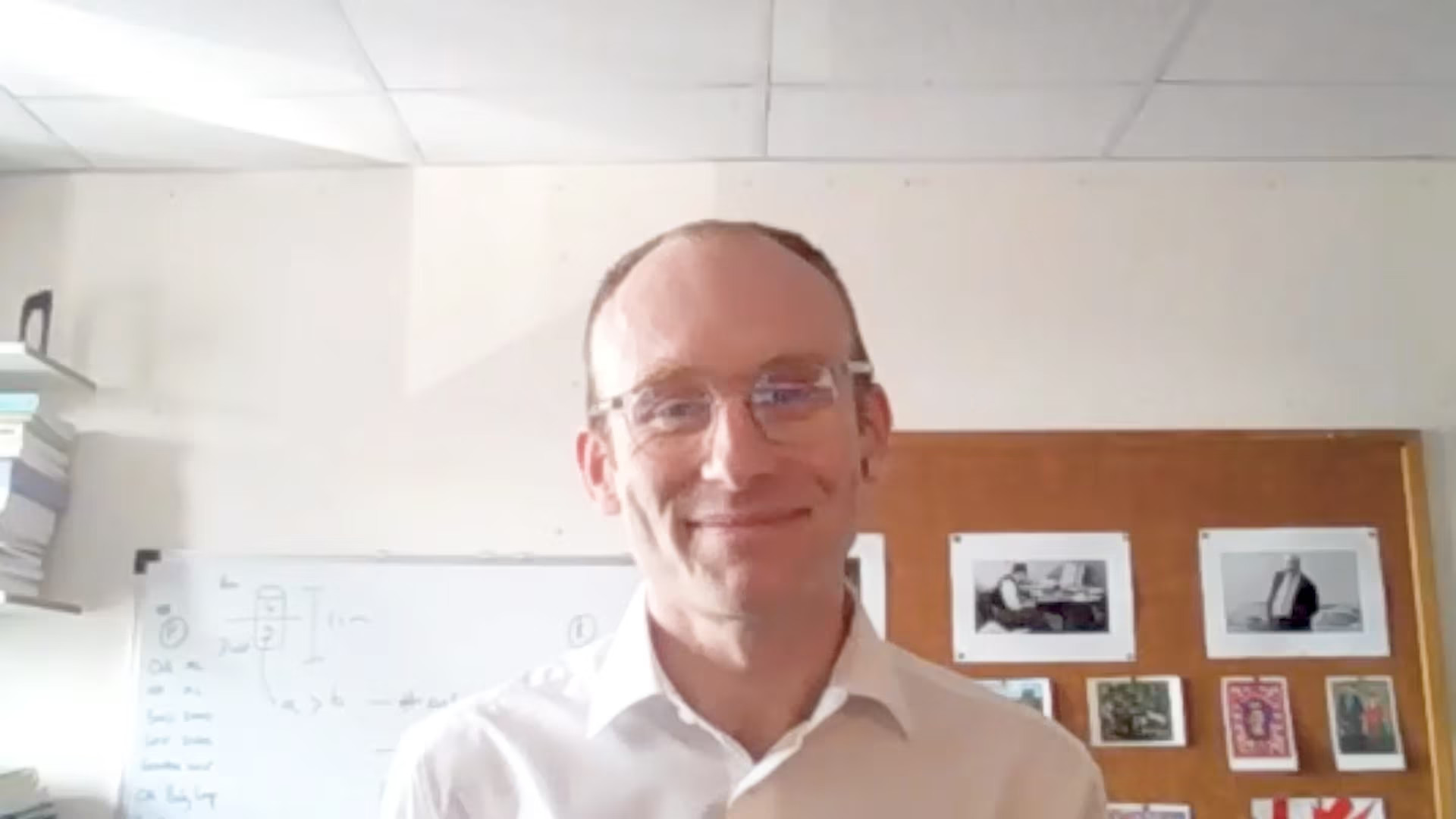PoCOsteo: a rapid point-of-care device for improving patient adherence in osteoporosis: Patricia Khashayar, WCO-IOF-ESCEO 2023
Osteoporosis is often underdiagnosed and undertreated with difficulties in patient adherence to medication due to lack of symptoms until fracture. We were delighted to talk with Dr. Patricia Khashayar (Ghent University, Gent, Belgium) to discuss how rapid results from PoCOsteo will impact patient compliance and outcomes.
The abstract ‘POCOSTEO: RAPID, COST-EFFECTIVE AND EASY-TO-USE POINT-OF-CARE (POC) DEVICE FOR EARLY DETECTION AND MONITORING OF OSTEOPOROSIS.‘ (Abstract number: OC27) was presented at WCO-IOF-ESCEO 2023, 4-7 May 2023.
Questions
- How will rapid results impact patient compliance? (0:32)
- What impact will this tool have on patient outcomes? (3:59)
Disclosures: Patricia Khashayar discloses receiving grant/research support from H2020 and CSA member of IOF.
Support: Interview and filming supported by Touch Medical Media Ltd. Interview conducted by Victoria Jones.
Filmed in coverage of the 2023 WCO-IOF-ESCEO Annual Meeting.
Click here for more content on bone disorders.
Transcript
How will rapid results impact patient compliance? (0:32)
One of the problems that we have with osteoporosis is despite the fact there’s a large number of people at risk of osteoporosis, osteoporosis is underdiagnosed and undertreated. The underdiagnosed part I already explained that is mainly because of the limitations of the tools and the problems of the pre-analytical, analytical variability. The undertreatment part is actually another story that the problem here is when you have osteoporosis, the main sign might be fracture. You don’t feel ill, you don’t feel any pain, so you don’t really consider yourself as a sick person. It’s when you don’t have any symptoms, as a doctor, it’s sometimes hard to convince you to take medication and most of the time you need to take the medication for the long term. Awareness is actually not good enough in the society because of that, one of the reasons for undertreatment is the low compliance of the patients. So, the patients are recommended to take the medication, but because they don’t feel sick at the beginning and also by taking the medications, they don’t feel any change, after some time they’re like, why should we continue with the treatment? The idea here is, so what happens in real life is you go to the doctor, they take your blood sample, they do the test, but it doesn’t happen at the same time. You go home and then the doctor either has a second visit or calls you and say, OK, you don’t need to make any changes to your treatment or the dosage should be changed like this. The studies have shown that this doesn’t really help with the compliance of the patients. What happens with PoCOsteo is the results are ready within actually the consultation time so that the doctor can provide the patients with numbers and this actually shows that, OK, this was your blood levels before treatment, this is after treatment, so the patient can feel the change and this actually helps with the compliance. Also because we are aiming to reduce some of the pre-analytical variabilities with the modelling that we have already patented for the device. This also helps to adjust the bone turnover markers based on each patient and it’s also important because the time of the day that you take the blood samples, the diet that you have, the amount of exercise that you have, the amount of if you have been immobilized for a couple of months, all of these are affecting your bone turnover markers. It also gives you a feeling that if you measure something, what if I had done something that has affected my bone levels? This is not a true mirror of what is happening inside my body, but here in PoCOsteo, because we manage to adjust this, we think the response to treatment that we have here, the levels that we read here show a better picture of what is happening within the body.
What impact will this tool have on patient outcomes? (3:59)
The main things we are looking for is if we manage to identify high bone turnover people, we can really prevent from a lot of fractures, mortality and morbidity. So, we can reduce the burden of osteoporosis, which is actually quite high according to recent studies. It’s about $20 billion in the US and $30 billion in the EU, this is only the cost of osteoporotic fracture. This means the treating of the fracture, the surgeries, the pharmacological medication that they need and also the long term care. We are not taking into account that the people who have a fracture, they lose their quality of life. They might not be able to go back to their regular life that they have. This all shows osteoporosis has a heavy burden not only on the patient, but also on the society. So, if we manage to prevent this, we are going to help the patients reduce the cost of care and improve their quality of life and for osteoporosis, it’s really most of the time it’s easy because you can improve your diet, you can increase your physical activity, and in some cases you need to take supplementation or medication. If we manage to know who are at risk people, we can really help improve the quality of life. At the same time, the people who are already diagnosed with osteoporosis, now we want to start the treatment. With PoCOsteo, we hope that we can provide them with a more personalized treatment, at the current time the medication that is available for osteoporosis is limited. But we hope that with the help of the biomarkers that we find here with this device and the picture that we illustrate for each patient we can even go for the discovery of new treatments and to say, OK, this class of patients might benefit from this treatment. This is a far vision and what we hope for in the future but in real time we can provide the patients with better treatments, more personalized treatments, and by providing them the results within the real time, we can improve their compliance and hope that they will take their medication and have a better result and benefit from the treatment more.
Subtitles and transcript are autogenerated.






